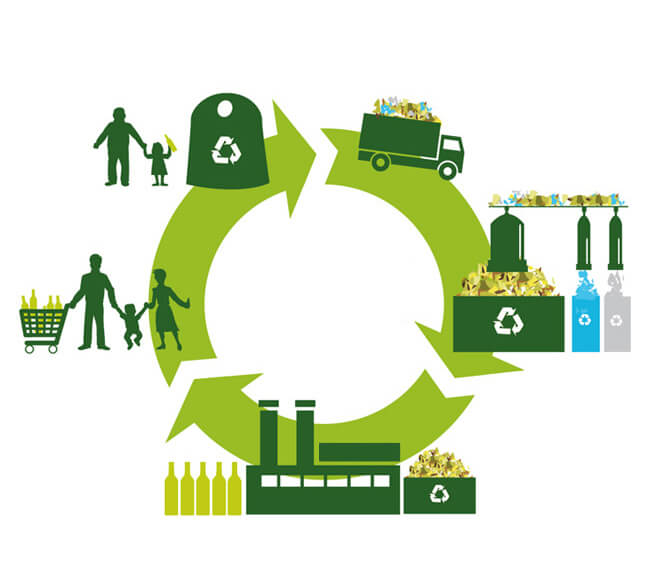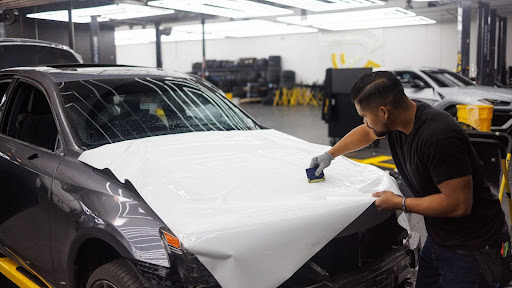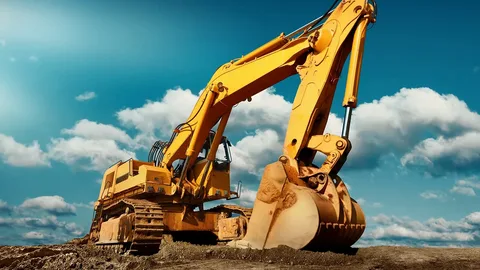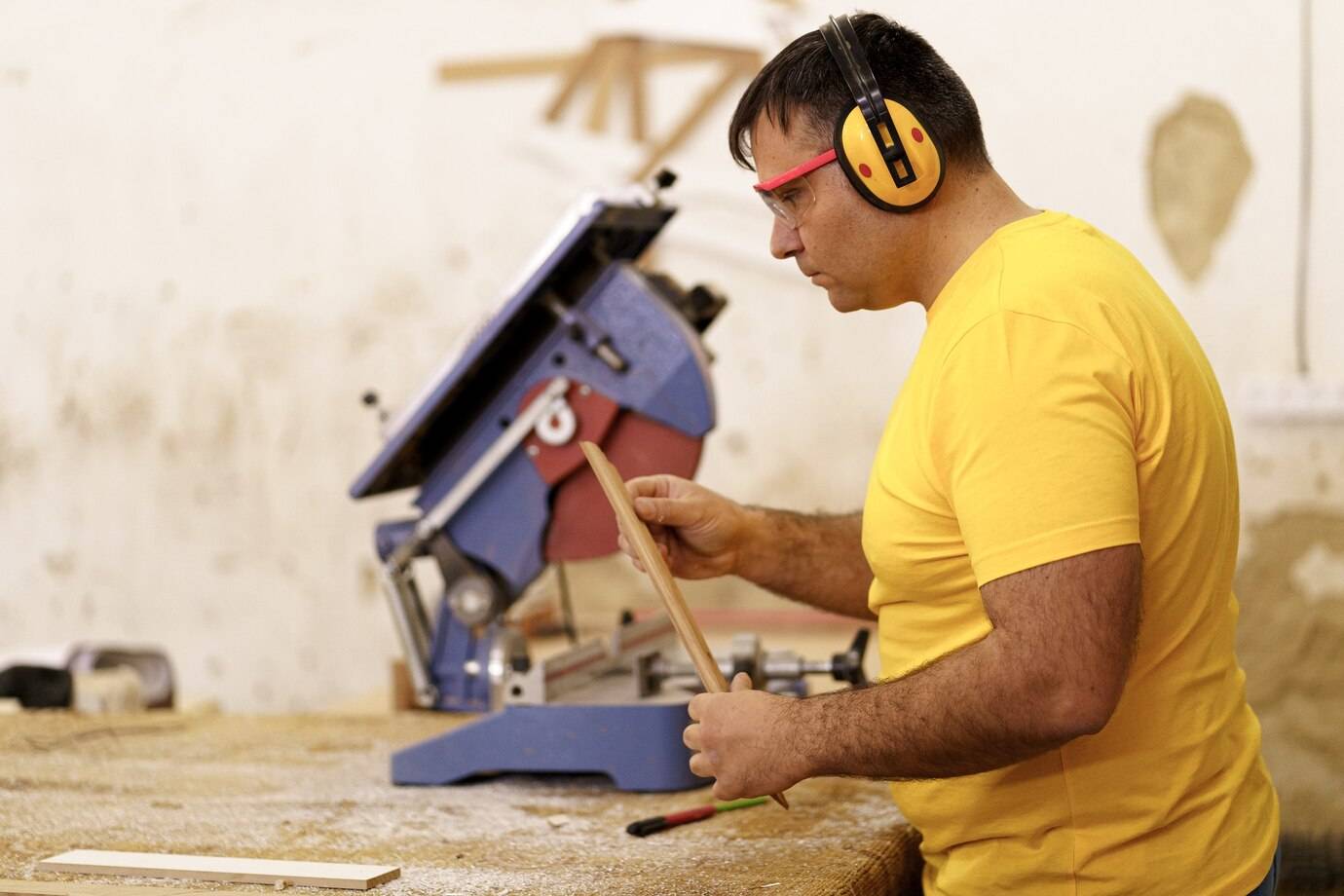
No one thinks much about what happens to concrete when a road or sidewalk gets dug up. Or what happens to all that concrete when a building is demolished? If you think about how much construction goes on worldwide, the actual amount of concrete produced is staggering. It’s estimated that 4.1 billion tons of concrete are produced each year, while 33 billion tons are put to use. This means that there is a lot of recycled concrete being repurposed and reused.
Concrete is in fact, the most abundant man-made material in the history of our planet. We have forged civilizations on concrete and created buildings, homes, monuments, and stadiums.
Scientists say that concrete accounts for roughly 8% of total CO2 emissions in the world. That amount is only surpassed by China and the US. It should come as no surprise that we have a strong need to reduce the volume of concrete produced in the world and find new ways to reuse and recycle the existing material.
Although this may be true, it’s hard to deny the need for concrete contractors in the development of cities. People need roads paved and buildings are constantly being built. While the demand for concrete may be going up, here are some ways that we have been able to slow the production of concrete down by recycling concrete.
The process of recycling concrete
Recycling concrete is a sustainable and cost-effective solution for contractors. It reduces the need for new materials and minimizes the amount of demolition waste that ends up in landfills. The process of recycling concrete typically involves breaking down and removing the concrete from an existing location. This process not only reduces construction waste but also saves on disposal and tipping fees. By utilizing recycled concrete, contractors can help reduce the environmental impact of their projects while also saving money.
Once the concrete has been broken down and removed, the materials must be separated. This is typically done using screens to separate fine and coarse materials and magnets to remove any steel. The separated materials can then be crushed and repurposed to create a new, reusable material. This recycling process allows for the creation of a sustainable and eco-friendly alternative to traditional concrete.
The repurposed concrete can be used in a variety of ways, including as an aggregate in new concrete or as a structural layer. This reuse of concrete reduces the need for new materials and extends the life of landfills. Overall, recycling concrete is an important practice for contractors to consider to promote sustainability and reduce waste in the construction industry.
The benefits of recycling concrete
Recycling and reusing concrete has numerous benefits, including environmental and economic advantages. One of the most significant environmental benefits of recycling concrete is reducing landfill waste. Landfill costs for construction-related debris are continually increasing, and recycling concrete can help alleviate this issue. Additionally, recycling concrete reduces reliance on virgin materials, decreasing the environmental pressure associated with exploiting and extracting natural resources. By incorporating recycled aggregates into concrete, the extraction of natural resources is reduced, and landfill disposal is decreased.
The economic benefits of recycling concrete are also substantial. Reusing concrete can help reduce construction costs, as it saves the expense of transporting concrete to the landfill, which costs around $0.25/ton/mile. Furthermore, recycled concrete has numerous commercial, industrial, and residential applications, making it a valuable resource for contractors and builders [9]. Reused concrete also has the advantage of greater volume stability than brand-new concrete, as it has already endured creep and shrinkage when fitted within a structure.
In conclusion, recycling and reusing concrete is a sustainable and cost-effective solution for contractors and builders. The process of recycling concrete involves breaking, removing, and crushing concrete from an existing location, and then using it to create a new, reusable material. By recycling concrete, the amount of construction waste is reduced, extending the life of landfills, and saving builders disposal or tipping fees. Overall, recycling concrete offers numerous benefits to both the environment and the economy, making it a worthwhile practice for contractors to implement in their construction projects.
The various ways contractors can reuse recycled concrete
Contractors have various ways to reuse recycled concrete, which is an environmentally friendly and cost-effective alternative to disposing of concrete waste. One way to reuse recycled concrete is by using it to build new roads and infrastructure. Crushed concrete can be used as a base or sub-base material in road construction, reducing the need for virgin materials and decreasing construction costs. Additionally, recycled concrete can be used in the construction of retaining walls, culverts, and other infrastructure projects, providing a durable and sustainable solution.
Another way contractors can reuse recycled concrete is by creating new building materials. Recycled concrete can be crushed and used as aggregate in the production of new concrete, reducing the need for virgin materials and decreasing the environmental impact of concrete production. Recycled concrete can also be used as a base material for new asphalt, reducing the need for virgin aggregates. Furthermore, recycled concrete can be used to create new construction materials such as bricks, pavers, and gabions.
A third way contractors can reuse recycled concrete is by using it as fill material for landscaping and construction projects. Crushed concrete can be used as a base material for driveways, pathways, and patios, providing a durable and stable foundation. Additionally, recycled concrete can be used as fill material for land reclamation projects, reducing the need for virgin materials and decreasing the environmental impact of construction. Overall, the reuse of recycled concrete provides numerous benefits for contractors, including cost savings, environmental sustainability, and improved project durability.
The world still needs more recycling solutions
As a society, we have become much more environmentally conscious about the impact concrete production has on our world. Change is hard to effect. Although our recycling solutions are making a difference, we must still look to other means of reducing the carbon footprint we’re leaving.







